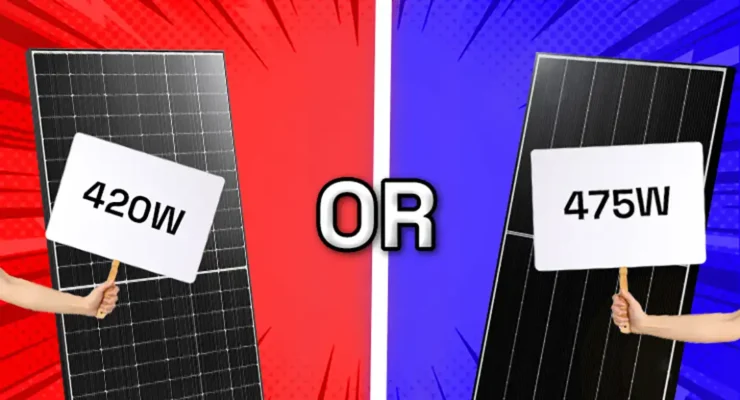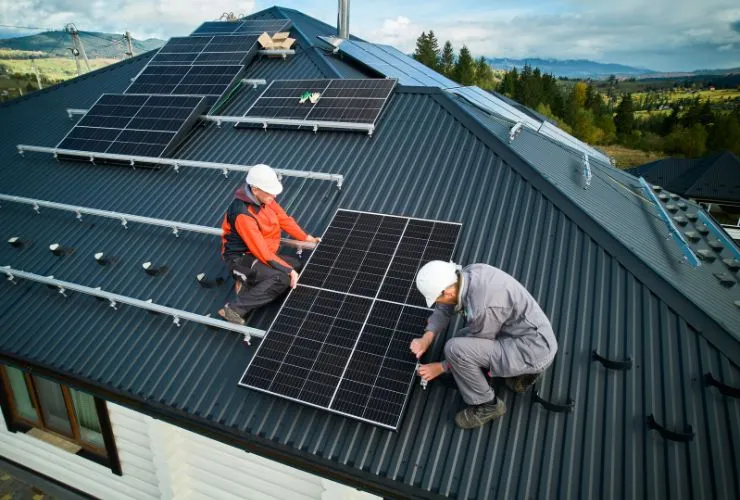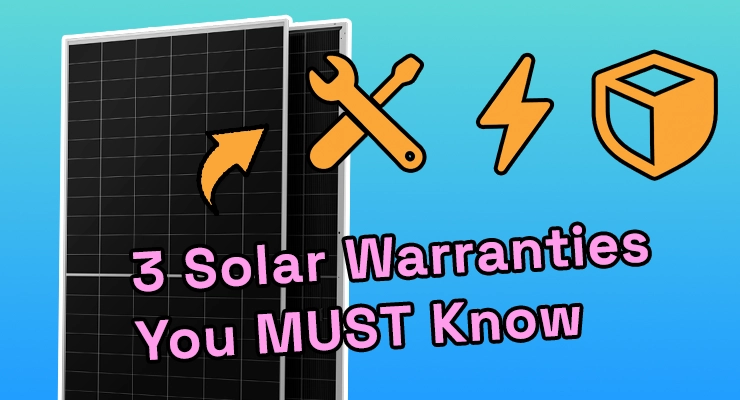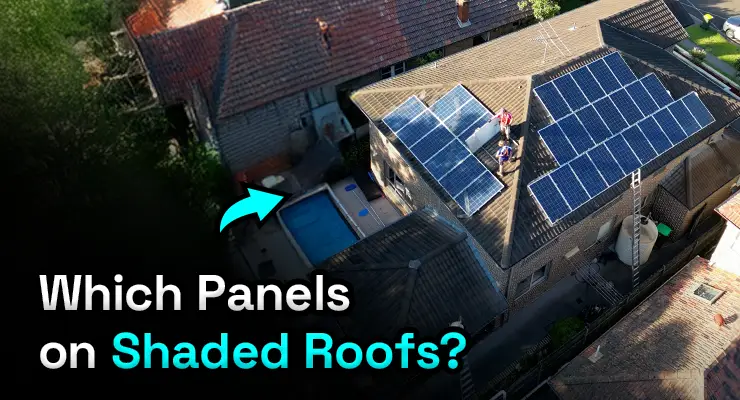
Fast read
Solar panels, as an accessible source of renewable energy, come with an array of choices for consumers. When seeking solar panel quotes, different companies may quote for the same model but with varying power classes. This variance arises from the manufacturing and rating processes.
Solar panel efficiency ratings are determined through post-production testing under Standard Test Conditions (STC). Panels consist of silicon cells that may exhibit slight efficiency variations. Manufacturers sort them for consistency, with final capacity established through flash testing, generally within a 5% range. Factors affecting power class differences encompass cell efficiency and materials used in manufacturing.
While higher wattage solar panels can generate more electricity, considerations like size, efficiency, and cost must be factored in. These variations offer consumers diverse options as solar technology advances.
How do solar manufacturers rate higher-wattage solar panels?
Solar panels have become a popular and accessible source of renewable energy. As the demand for solar installations increases, consumers have a growing number of options to choose from.
When you request quotes for solar panels, different companies may provide prices for the same brand and model. However, they might offer different wattages, such as 470W, 475W, or 480W. Other features will remain the same. This variability originates from how solar panels are manufactured and rate them.
Rating solar panels
The panel’s rating reflects its capacity when manufacturers test it after production under Standard Test Conditions (STC). Residential solar panels consist of silicon cells, which may vary slightly in efficiency and performance.
Manufacturers sort them based on characteristics to ensure uniformity within a panel. After putting together the panel, a quick test is done to check its final capacity. The capacity may vary by up to 5%.
They then classify and label panels based on this rating. For example, they label anything testing from 470 to 474.999 watts as a 470W panel.
Factors influencing higher wattages
Various factors impact power class differences. These factors include the efficiency of cells, the size of panels, and the materials used in their production. Cells’ efficiency, panel size, and materials all play a role in determining power class differences.
As solar technology advances, manufacturers develop more efficient solar panels capable of higher energy output. This technological progress results in different power classes for the same panel model. Higher-wattage solar panels typically represent the most advanced and efficient versions.

Considering other factors
A larger solar panel with higher wattage can produce more electricity. However, it is important to consider the size, efficiency, and cost.
Size, efficiency, and cost are all factors that should be taken into account when choosing a solar panel. Making an informed decision by considering these factors can help you maximize the benefits of your solar panel.
Opting for a higher power rating might not always be the most cost-effective choice. It’s important to prioritise individual requirements and budget constraints.
You need to know which module power class gives you the most Small Scale Technology Certificates (STCs). This understanding is important for maximising your STC benefits.
STCs provide a discount offsetting a part of your expenditure. If you have a 10 kW solar inverter, you can claim STCs for up to 13.33 kW of modules installed. It may be that a smaller module power class actually has better optimisation than a higher wattage class.
Summary
Power differences in panels of the same brand and model happen because of natural variations in cell efficiency. These differences are also due to how the panels are sorted during production. Manufacturers categorise and label these differences to simplify consumer decision-making.
Solar technology is improving, with manufacturers creating stronger panels. This gives customers more choices to match their energy needs and preferences.


